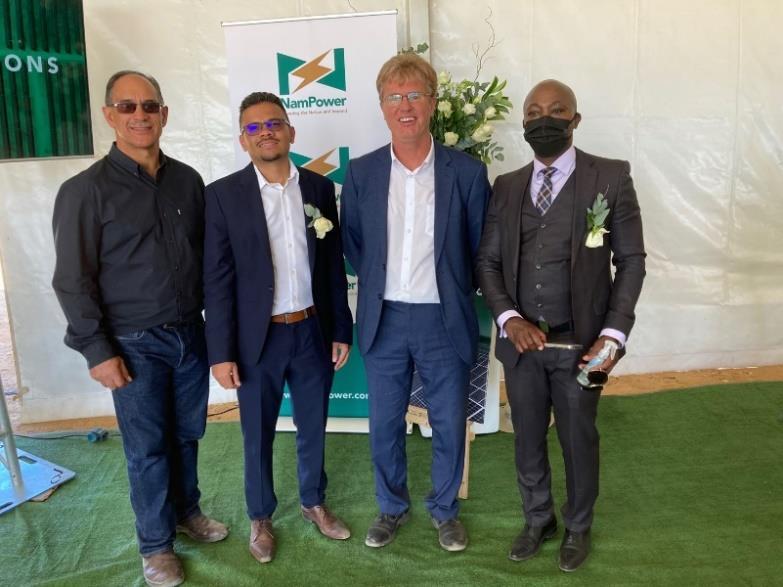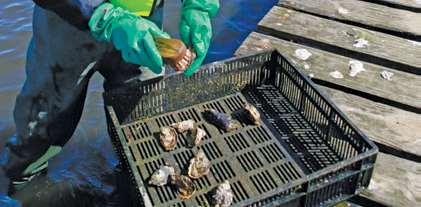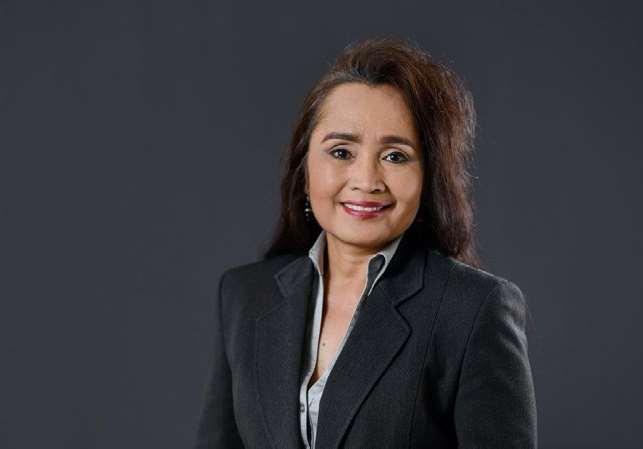
4 minute read
MPAMOT enhances
access to affordable, reliable, sustainable, energy in Namibia
According to a recent report on the achievement of the United Nations Sustainable Development Goals, the world is making progress towards Sustainable Development Goal 7: Affordable and clean energy Unfortunately, 789 million people in predominantly sub-Saharan Africa, are living without access to electricity and millions have limited or unreliable energy access.
Advertisement
One of the countries that has taken great strides to enhance energy access, energy efficiency , and renewable energy is Namibia. NamPower developed the flagship 20 MW photovoltaic (PV) plant in Omburu, Namibia. The plant was developed by the joint venture partners HopSol Africa and Tulive Private Equity.
MPAMOT Pty Ltd and Mott MacDonald Limited are the owner’s engineers for the project, which will service nearly 20 000 homes.
Team members include Alberto Cuellar (project principal), Jose Munoz (project manager), Kader Johnson (civil manager), and Kevin Bowers (electrical manager).
Our renewable energy team enabled our clients and partners to overcome barriers, address risk , and unlock value. We manage d the entire infrastructure cycle – from project inception, feasibility, implementation, and construction. Currently, we are monitoring operations.
We combine technical engineering expertise , with commercial, environmental, social and governance acuteness, and our in-depth knowledge of the energy sector.
Our services on the Omburu project included conceptual design, development of employer’s requirements, development of specifications for the request for proposal for the procurement of an engineering, procurement and construction (EPC) contractor, evaluation of the bids submitted by prospective EPC contractors, support during EPC contract negotiations, review of detailed design done by the EPC contractor, construction and commissioning supervision including permanent site presence, management of the EPC contract, acting as employer’s representative under the EPC contract, and monitoring of the initial operation phase during the defects notification period.
Over the past 25 years, MPAMOT has grown to become one of the largest black-women-owned engineering and infrastructure development consulting firms of its size, capacity, and capability in South Africa.

MPAMOT’s portfolio includes energy, advisory, infrastructure and transport eng ineering solutions.
Whether you are a public entity that is looking to bridge an infrastructure gap through private investment, a lender or investor who wishes to assess risk prior to commitment, or a project sponsor/developer that is about to submit a bid or embark on the process of securing finance for a project, or planning the design and construction of infrastructure, MPAMOT can a ssist.
For more information , visit our website: www.mpamot.com
The four projects, to be fully owned and operated by NamPower are the Omburu 20MW Solar PV Project (completed in March 2022), a 40MW Wind Power Project (planned for completion in October 2024), a 40MW Biomass Power Project (planned for completion in second quarter of 2025), and the 50MW Anixas II, Firm Power Project
Mr. Haulofu makes no secret of his enthusiasm for these projects. He notes: “All of these important projects are at an advanced stage. Furthermore, several transmission projects which were also approved as part of our corporate strategy and business plan will be delivered in the next five years to strengthen Namibia’s national grid, and to dispatch the power generated from these six new generation projects to the end customer.”
Dealing with COVID-19
NamPower continued to add to Namibia’s electricity connectivity over the past two years, despite being in the midst of the COVID-19 pandemic. Mr. Haulofu says: “I believe that there is no business that has not been impacted by COVID19. NamPower was not spared as it was compelled to adjust its way of doing business. The systematic impact of COVID19 and the lockdown put severe pressure on the operations of the company and the national economy.”
He adds: “For example, the country’s already challenging economic situation combined with the impact of the COVID-19 pandemic on the economy, negatively impacted NamPower’s debtors’ collection days. Right now, it takes us an average of 81 days to collect revenue from customers, indicative of the existing challenging economic situation and the impact of the pandemic on businesses, as well as on individuals.”






NamPower was sensitive to these new demands, as it experienced the harsh toll of COVID-19 at first hand. Mr. Haulofu says: “we lost some cherished employees who served the company for many years and contributed to making NamPower the company it is today.” This brought home the reality of the virus to many, and the fact that “NamPower had to adapt to new ways of operating and realising that we couldn’t go about business as usual.”
The silver lining is that the team has come through the dark times, he says: “The period also compelled staff to come up with innovative alternative solutions, in cases of lengthy turnaround time of repairs on equipment that needed to be sent out of country. A case in point, is the solution for the ever-faulty Voltage
Regulating Relays that NamPower Engineers found in-house. The Protection, Telecommunication, Metering & Control (PTM&C) team had designed, tested, and successfully implemented a simple, but reliable Automatic Voltage Regulation (AVR) solution for the Walvis Bay Substation Transformers.”



The Future
When asked about NamPower’s priority over the next five to ten years, Mr. Haulofu is unflinching in his answer: “Ensuring security of supply. We want to achieve that through optimally expanding and upgrading the company’s generation and transmission capacity, while capitalising on the opportunities presented in the Southern African Power Pool (SAPP). In the process NamPower wants to ensure a least-cost electricity supply mix, by investing in a generation project mix and technologies that result in the least-cost electricity to customers.”
He acknowledges too, that this needs to be achieved sustainably, saying: “the region as a whole needs to focus on adding new generation plants to the grid that is dispatchable, while using local energy sources that are economically and environmentally sustainable to meet future demand growth.” This is the kind of joined-up forward thinking that will see

Senwes










